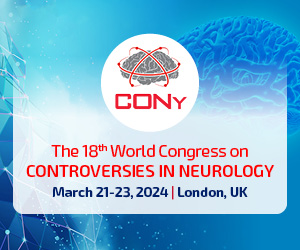Hyperlipidemia and platelet activation markers in patients after ischemic stroke
Małgorzata Pawełczyk, Henryk Chmielewski, Zbigniew Baj, Andrzej Klimek, Beata Kaczorowska
 Affiliation and address for correspondence
Affiliation and address for correspondenceBackground: Platelet hyperactivity and coagulation readiness are additional predictors increasing risk of vascular events. The association between hyperlipidemia, excessive platelets activation and reactivity may be clinically significant because of increasing risk of ischemic stroke. Aim: The aim of our study was to investigate the influence of hyperlipidemia on platelet activation markers (platelet P-selectin, leukocyte-platelet aggregates) in patients after ischemic stroke. Methods: The study group consist of 41 patients after ischemic stroke (>3 months) confirmed by CT. We assessed platelet P-selectin and leukocyte-platelet aggregates in hyperlipidemic (HL, n=21), normolipidemic (NL, n=20) group and 20 healthy subjects served as controls using monoclonal antibodies anti-CD61, anti-CD62 and anti-CD45 on flow cytometer. We also assessed MPV and fibrinogen level. Results: We observed the highest percentage of platelets CD62P+ in HL and it was significantly higher compared to NL (p<0,05) and control group (p=0,005). The fibrinogen serum concentration was significantly higher in HL and NL in comparison with control group (p<0,001). There were no significant differences in the percentage of leukocyte-platelet aggregates and MPV between study group. Conclusion: We observed the risk of thrombosis in the shape of the increase of fibrinogen serum concentration in all patients after ischemic stroke. What’s more we noticed that the platelet activation is more intensive in patients with hiperlipidemia.








